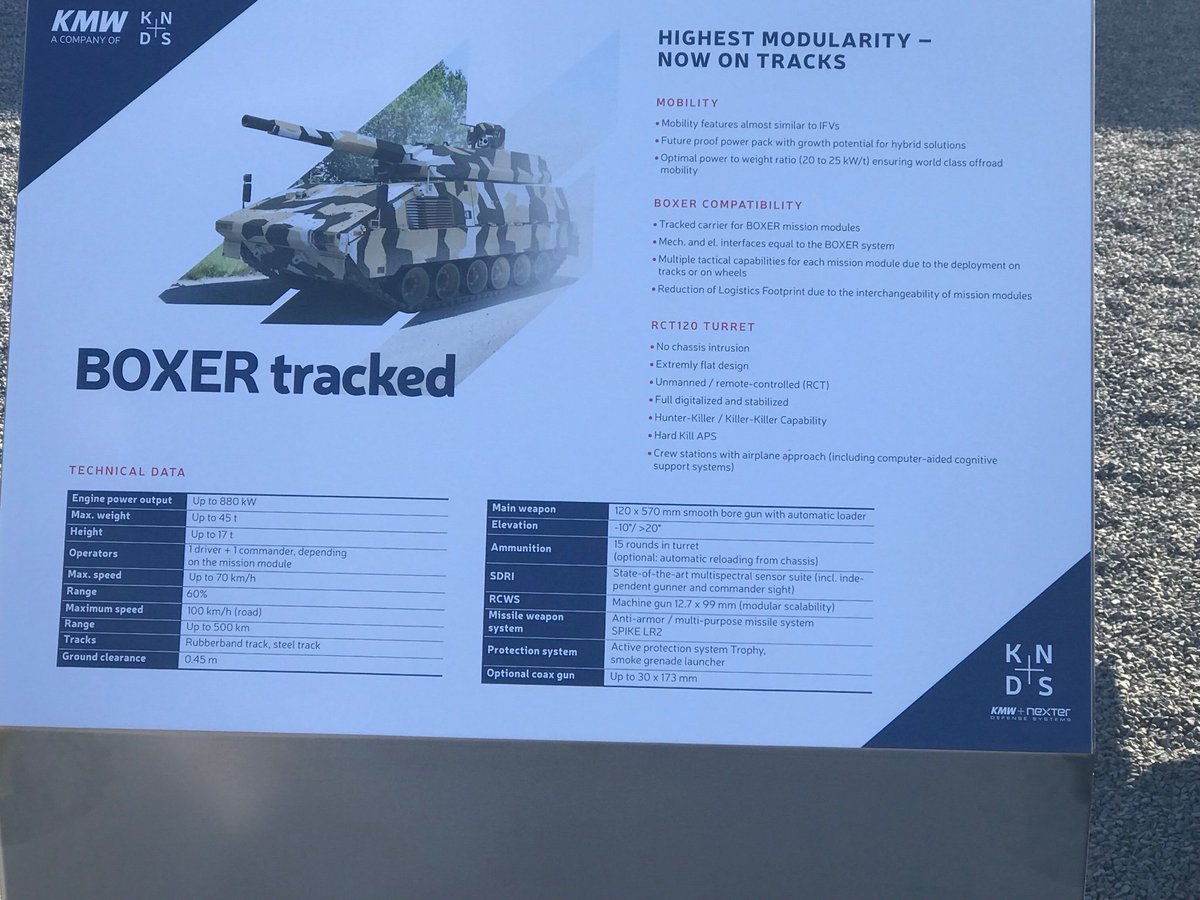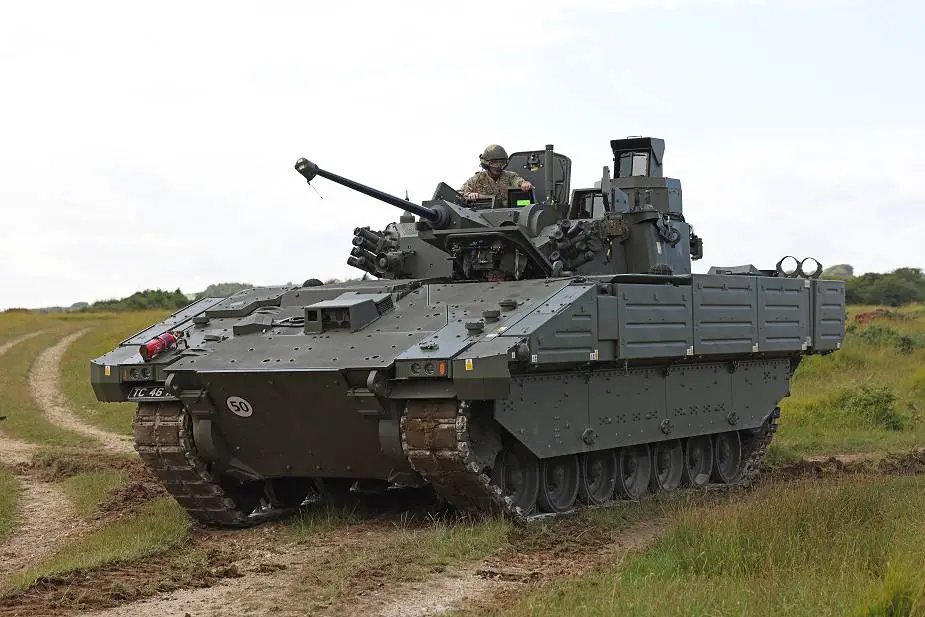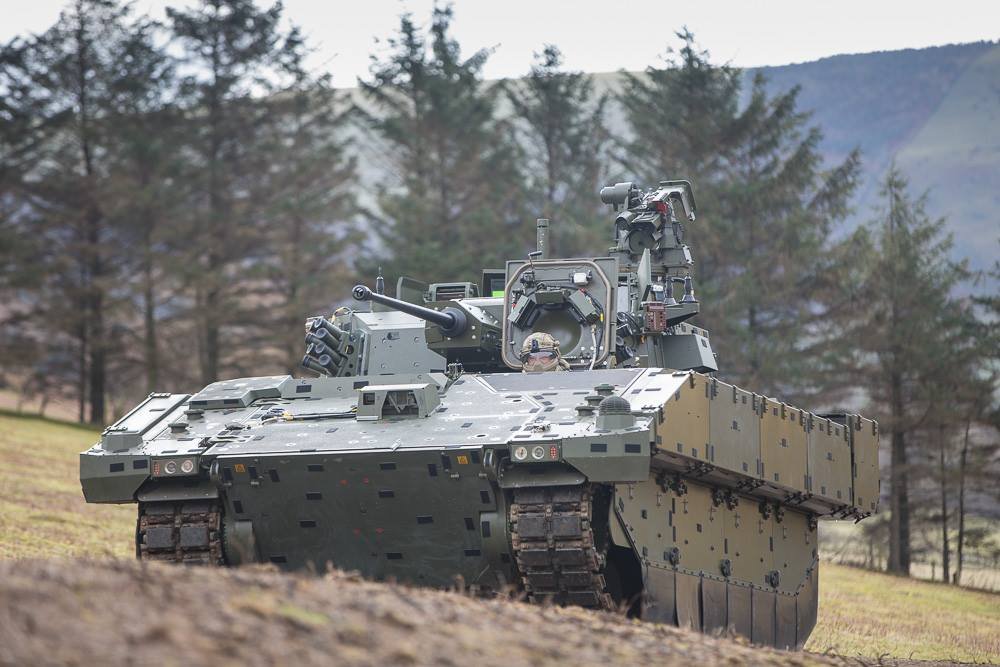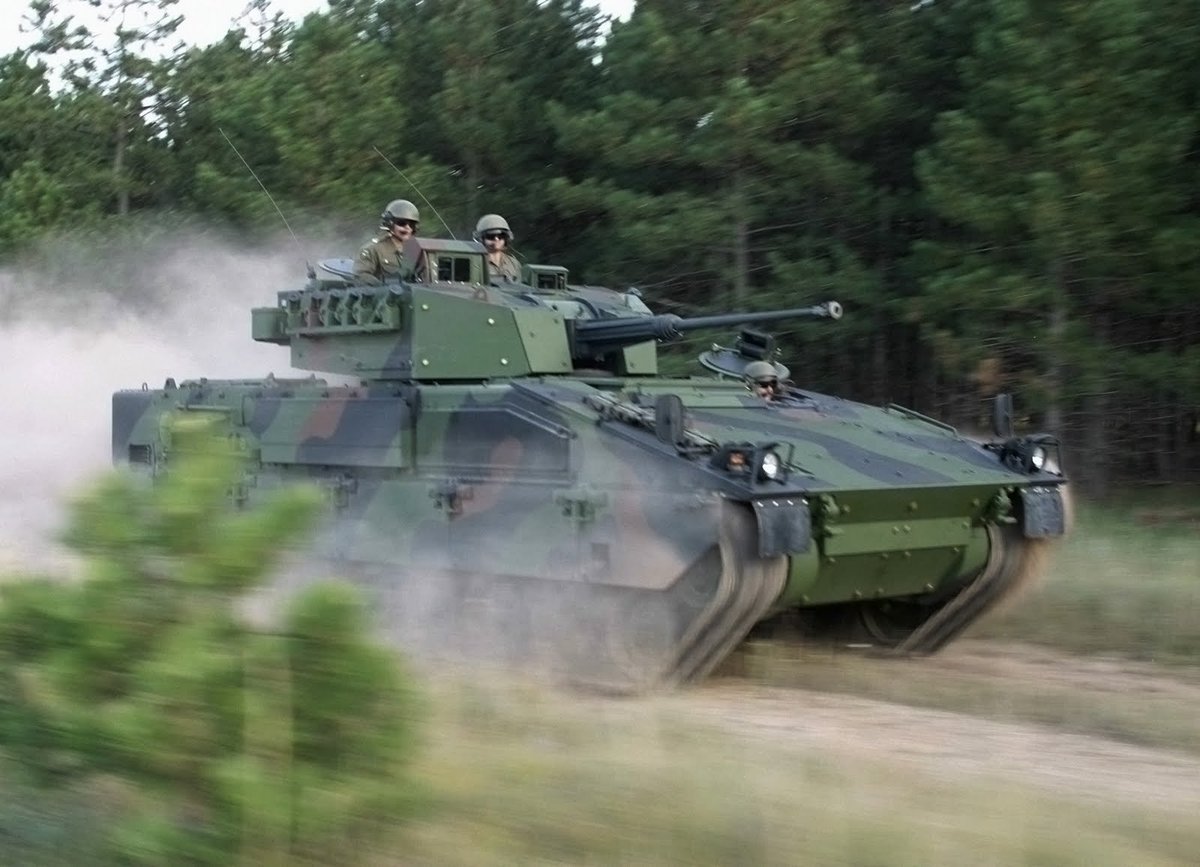(1/n) I sadly cant be at #Eurosatory2022 this week, so a thread, largely for myself, of interesting things people are tweeting for reference/follow up #eurosatory #eurosatory22 

(2/n) Rheinmetall finally unveiled the long-rumoured tracked Boxer. Many questions on this one as the week goes on, but light summary is compatibility with standard Boxer modules. 



(3/n) They say mobility is "almost similar" to an IFV, which is spectacularly open to interpretation. The hull certainly looks like wheeled boxer, so assume this is a wheels to tracks modification like Stryker +Tr (pictured). Wheels and tracks have radically different core... 





(4/n) ...design considerations, so thus far have never been a good approach to flip one hull design to the other. The turret is interesting, will wait for more info on the hull and design before making a clear judgement. 

(5/n) KMW's EMBT is back, this time with more than just Lecerlc turret + Leopard 2 hull = new tank. Arguably the first AFV actually showing some genuine 'next gen' concepts in action
https://twitter.com/JakOSpades/status/1536251954879406081?s=20&t=wZSJUusVUcb6n5fTZRcWgA
(7/n) Nice to see some genuine innovation in the tank domain with a 2-person turret with 2-person hull being a novel approach, the second hull crew is a 'systems operator' handling the BMS, RWS and hosted UAS. 

(8/n) 62 tonnes as presented, which is big, but a step down from the 70+ that current top tier tank designs are sitting at or beyond. If nothing else lets applaud the lovely system integration on that turret, very clean given the volume of kit mounted up there. 

(9/n) Redback at a European show at last, still waiting for news on L400P3. Seems a very capable bit of kit and a nice disruptor to the market norms
https://twitter.com/RyszardJonski/status/1536200273818943489?s=20&t=wZSJUusVUcb6n5fTZRcWgA
Correction ,KMW - my mistake!
(10/n) Nexter's new Ascalon gun in the flesh, they're claiming quite a lot of punch from a 120 with this design, will be interesting to keep an eye on
https://twitter.com/JakOSpades/status/1536250893498294272?s=20&t=wZSJUusVUcb6n5fTZRcWgA
(11/n) Early shots of Rheinmetall's KF51 Panther tank. Seems to be a 2A4 with a new turret, but lets reserve judgement until the info packs are out. Interesting it appears to be the only tank (of a surprisingly tanky show so far) with >120 mm gun
https://twitter.com/W_Geiger_373/status/1536235622477832192?s=20&t=_hjbAr7C6jXIQiNIKpnf1Q
(12/n) I'm not sure what I think of Plasan's new Wilder yet, but its certainly interesting, especially with the matching trailer and a heck of a lot of firepower for a small vehicle 

(13/n) Compact 4-person vehicle with mid-engine and monocoque body. Keen to see more and work out the obvious usage cases 

(14/n) A bit more KF51. Still feels more like a rebrand of the MBT Revolution lineage than an all-new tank, on instinct. Not a problem, just not the all-new beast I expected (so far). 

(15/n) Leopard 1 with a Cockerill C3105 is an interesting one to see. Potentially a cheap way to boost up some older tanks for some market segments.
https://twitter.com/Jeff21461/status/1536268978724675584?s=20&t=4Or8Uo0_ZS9KI6z29Ilg7A
(16/n) UVision Air Hero loitering munitions integrated with Boxer and Lynx. Hero has a 60min endurance, 60km range and a 4.5kg warhead 



(17/n) Excalibur Army MORANA 155 mm artillery concept vehicle
https://twitter.com/RyszardJonski/status/1536277196893036545?s=20&t=TzDml_gn9x6vPOtQZyOCDw
(18/n) New renders of Boxer Tracked, which looks radically better in green and better shows its not just a Stryker +Tr esque wheels to tracks conversion. Interesting. 

(19/n) Elbit's Sabrah light tank, being bought by the Philippines
https://twitter.com/ElbitSystemsLtd/status/1536589590957637633?s=20&t=49-3DqZb5pG3yk02vgjffg
(20/n) EODH's ASPIS-NG Modular Protection solutions, including passive and reactive armour products
https://twitter.com/ronkainen7k15/status/1535995411885719552?s=20&t=49-3DqZb5pG3yk02vgjffg
(21/n) CT40 on a truck, as TD says, a good example of how investing in a capability leads to a common set of solutions and lots of efficiency in R&D/spend
https://twitter.com/thinkdefence/status/1536404819405115393?s=20&t=49-3DqZb5pG3yk02vgjffg
• • •
Missing some Tweet in this thread? You can try to
force a refresh




























